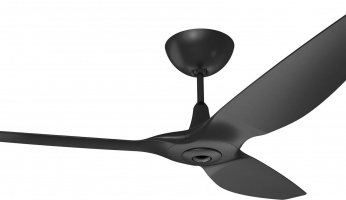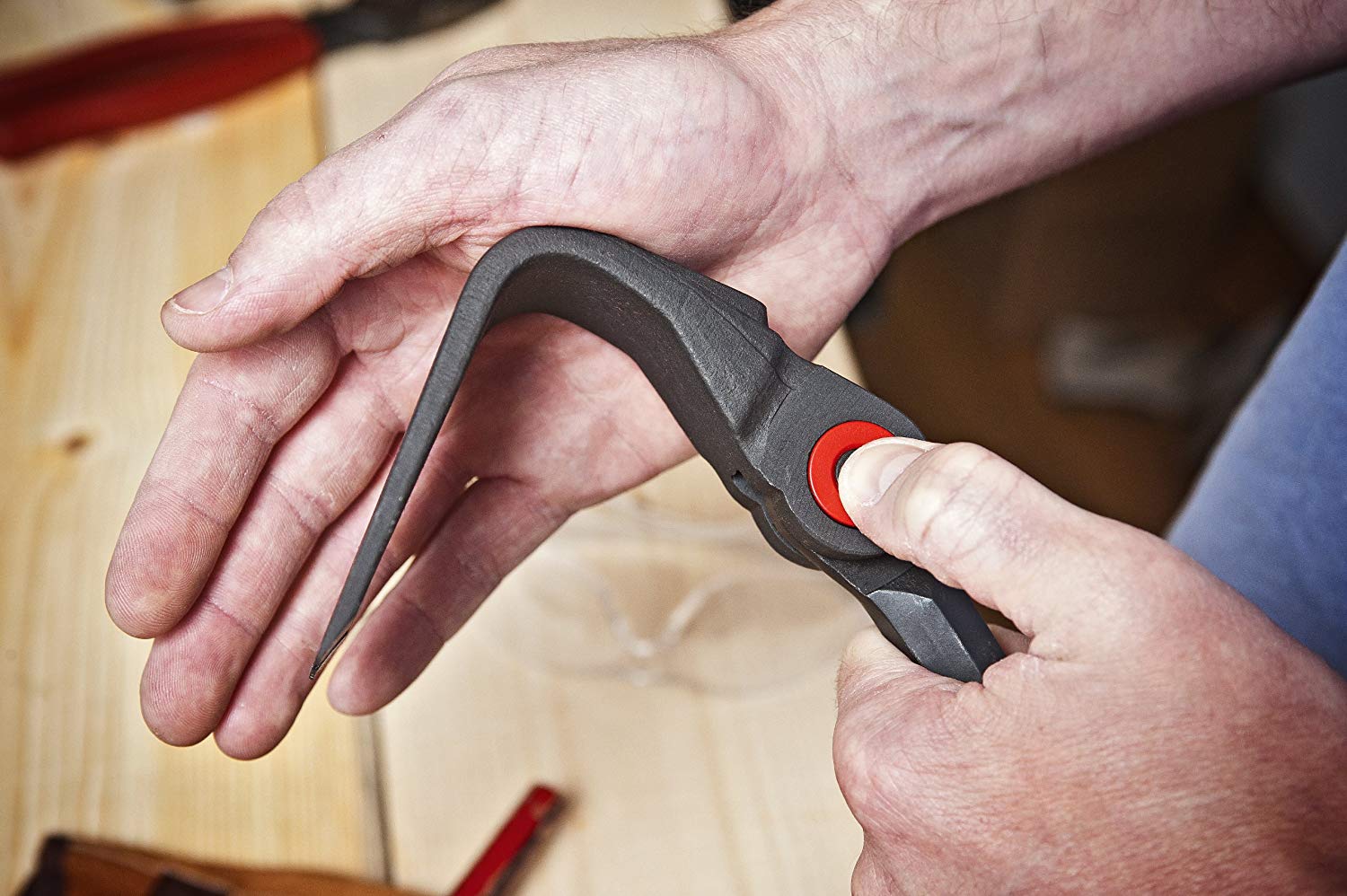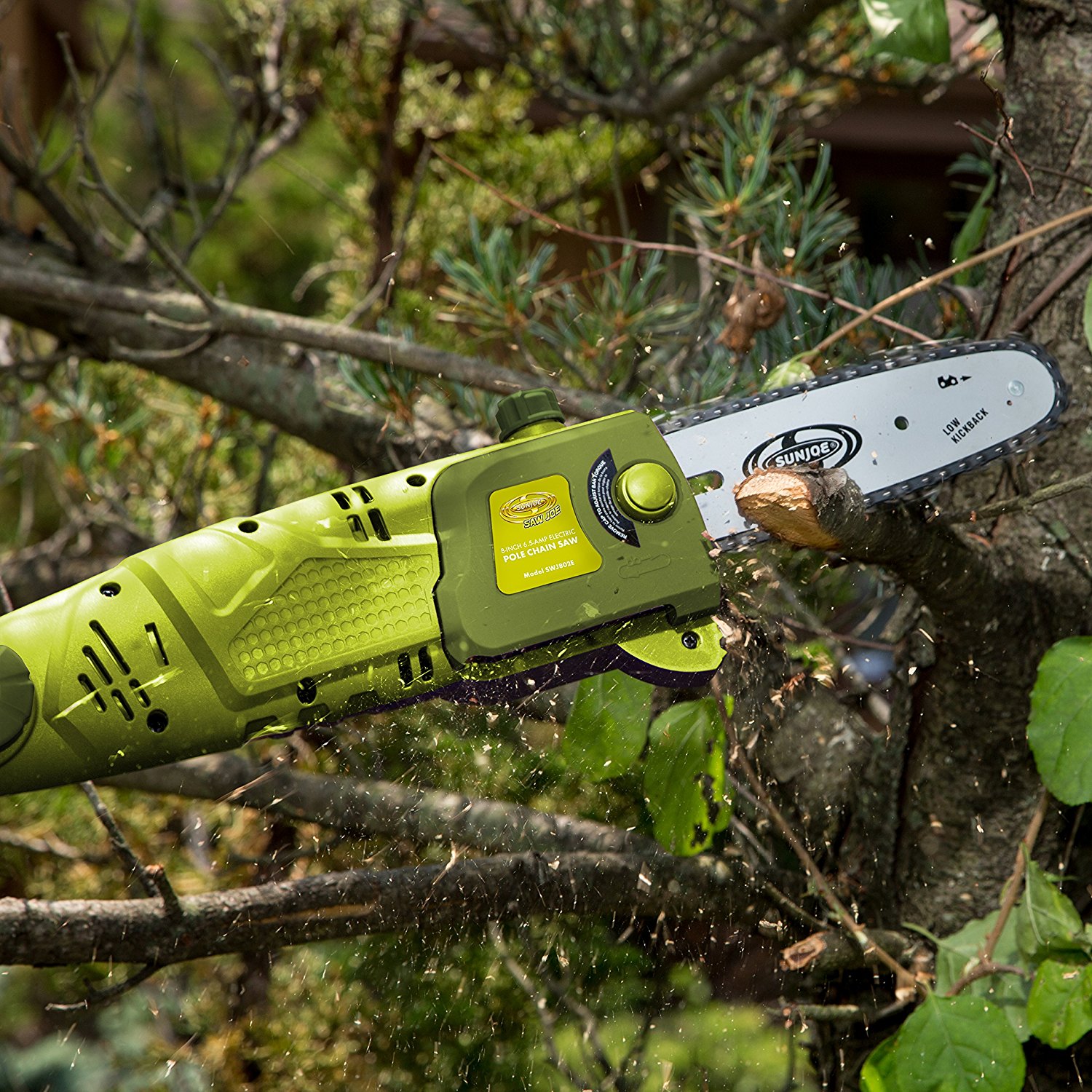- No Obligations
- Stop Paying Too Much For Your Contractor
- No Spam Calling
- Screened & ID Checked Contractors only!
Fridge Temperature Setting: What Temperature Should a Refrigerator Be?
0
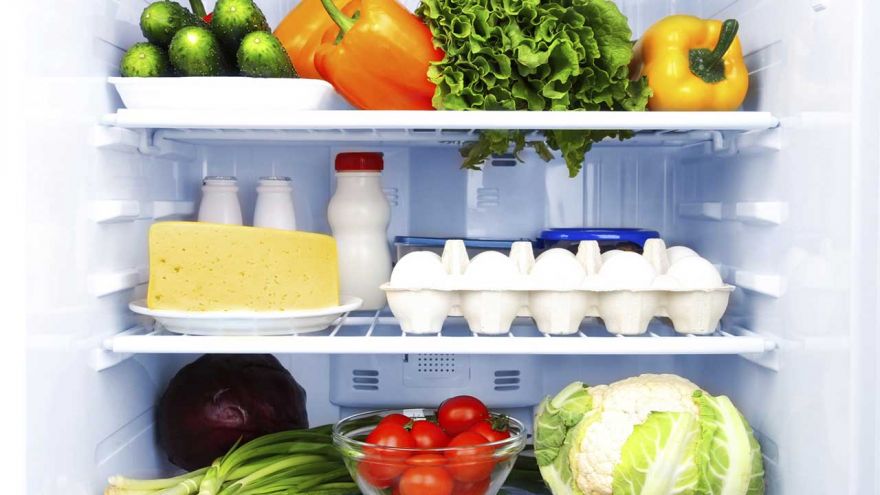 Fridge Temperature Setting: What Temperature Should a Refrigerator Be?
earlyexperts.net
Fridge Temperature Setting: What Temperature Should a Refrigerator Be?
earlyexperts.net
The refrigerator has one fundamental purpose: to keep food at optimal freshness so that food can be stored to be eaten over time. The way your fridge does this is by cooling that food. Seems pretty simple right?
Sometimes, though, there is more to refrigeration than just keeping food cold. If you’ve ever poured a fresh glass of orange juice slushy, or found a pool of water leaking from under your refrigerator, than you know exactly what we are talking about.
Often times, the issues associated with fridge temperature, like the ones outlined above, are unavoidable and a result of a malfunctioning appliance. But these types of issues can also reveal themselves when the temperature is manually adjusted to the improper setting.
But what is the proper temperature? Below we will work to outline the answer to this question, as well as some of the tell-tale signs that the temperature is wrong, and tips to help regulate your fridge for optimal food preservation.
So what is the right temperature?
Science tells us that cold environments slow the production of energy. Subsequently, heat encourages rapid energy, like when water is boiled. As it pertains to food preservation, this means a cold environment will make it more difficult for your food to grow bacteria, or at least slow the process. The colder you keep your food, the longer it will stay. This is why frozen food is preserved almost indefinitely.
That said, there are somethings we just don’t want to freeze because of what the process does to the taste and texture of your food. Plus, proper defrosting takes time, and a hungry family waits for noone.
The goal of your refrigerator, then, is to keep food as cold as possible without actually freezing it. Freezing takes place at 32 degrees fahrenheit. On the other hand, bacteria growth triples at around 40 degrees. This makes for a pretty small window, but it gives us a good sense of where our refrigerators should be kept. A good rule of thumb is in the 35-38 degree range.

How to know something’s off?
Most newer models of refrigerators will have some sort of thermostat, usually digital, that will tell you exactly where your’s stands temperature wise. If you have purchased your fridge fairly recently, than you are all set and regulating the temperature at which your food is kept is as simple as occasionally glancing at this number.
Older models, however, may not have a thermostat, and will instead feature a simple numbered dial. In what seems counterintuitive to number association, the lower numbers on the dial mean warmer temperatures, and as you set your fridge to higher numbers, you will lower the temp.
If your refrigerator is not equipped with an actual temperature reading thermostat, it is probably a good idea to invest in a separate temperature gauge to keep in your fridge. In fact, even with a newer model appliance, it is a good idea to have multiple external thermometers located in different places throughout your fridge to account for some temperature variation.
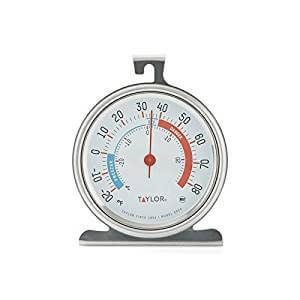
For instance, closer to the top of the fridge where the lights are may be warmer than the 35-38 degree sweet spot. Once you know where the temperatures differ you can decide where to keep those items that spoil a little quicker and can use some extra chill like eggs and meat.
A refrigerator thermometer is also a valuable tool in the case of a power outage. Being able to read the temp inside the fridge during and after an outage will help you decide what is safe to eat and what might have to get tossed.
Outside of a standard temperature reading, it might be difficult to tell if the inside of the fridge is too hot or cold. If the temperature is too high, you might see food spoiling quicker than normal. This is a pretty good sign that something is off. You will likely see mold growth only a few days after purchasing food fresh, and began to smell spoil in dairy products long before that “fresh until” date.
A refrigerator that is too hot can also leak as the air inside the fridge turns from gas to liquid condensation because of the warmth.
The signs for a too cold fridge are slightly more obvious. Iced over or partially frozen food is a definite tell, as is ice forming on the back, external side of the appliance, or along the inside walls.
Tips for perfect preservation
Believe it or not, there is a lot you can do to ensure the temperature of fridge is within the proper range outside of simply monitoring the thermometer.
✓ Keep it closed – One of the quickest ways to lower the temp of your fridge is to leave it open for an extended period of time, or open and close it continually. While cooking, it is best to get as many items out in one shot as possible, rather than returning to the fridge multiple times.
✓ Maintain the seal – The seal on your door is ostensibly a gasket keeping warm air outside separated from cold air inside. Overtime, these seals can wear down and that separation can be compromised.
✓ Keep a full fridge – In a full fridge, there is less space for warm air to settle each time the door is opened.
✓ Let leftovers cool – When you place sealed, hot leftovers in the fridge, you might as well be adding a space heater. Let the food cool to room temp before refrigerating them.
Conclusion
As you can see, keeping your fridge at the right temperature is not quite as cut and dry as it may sound. To summarize, be sure you have a way to take that temperature, whether it is via an internal digital thermometer built into your appliance, or with an external thermometer that stands free inside of the appliance.
It is also important to be know the signs of a fridge that is too hot or too cold. Never ignore ice, water, or fast spoiling products, and finally, follow the steps for perfect food preservation to ensure you are getting the most out of your shelf life

